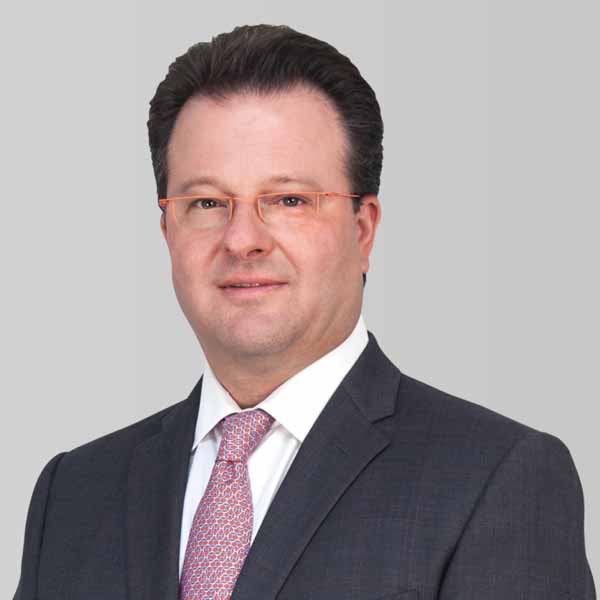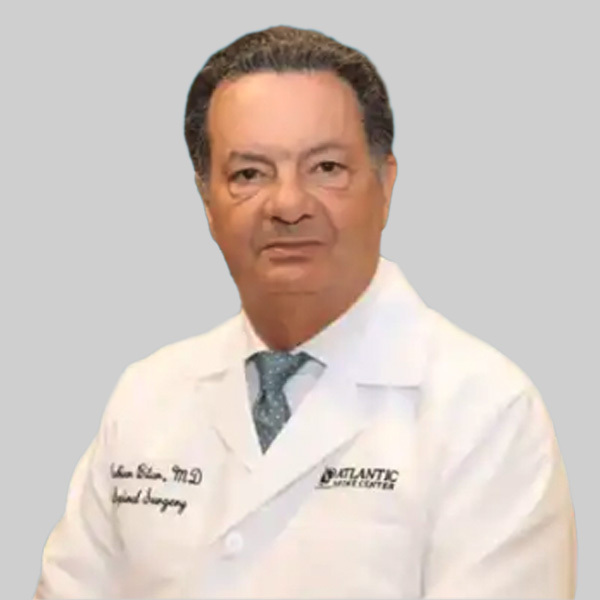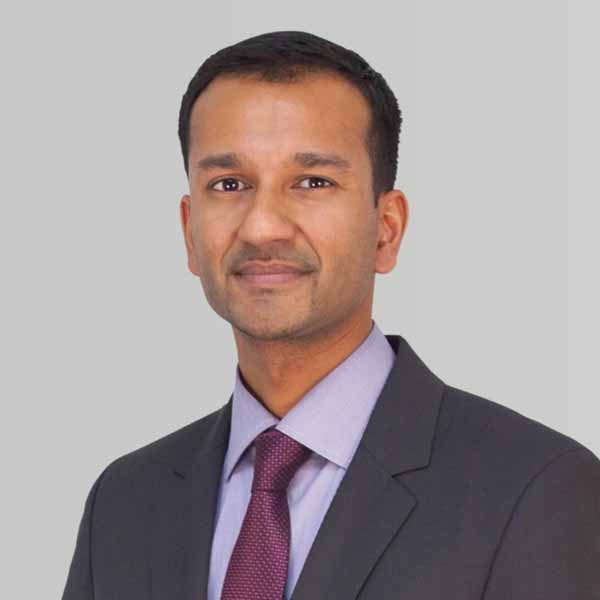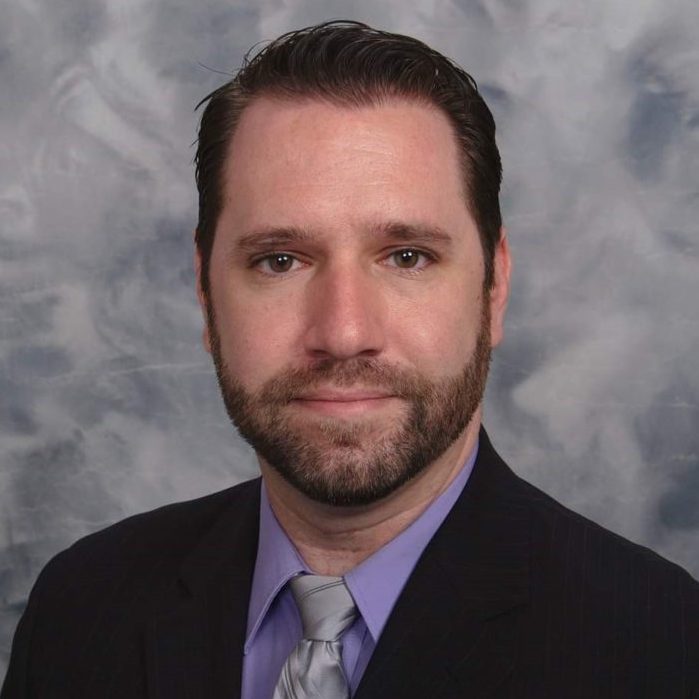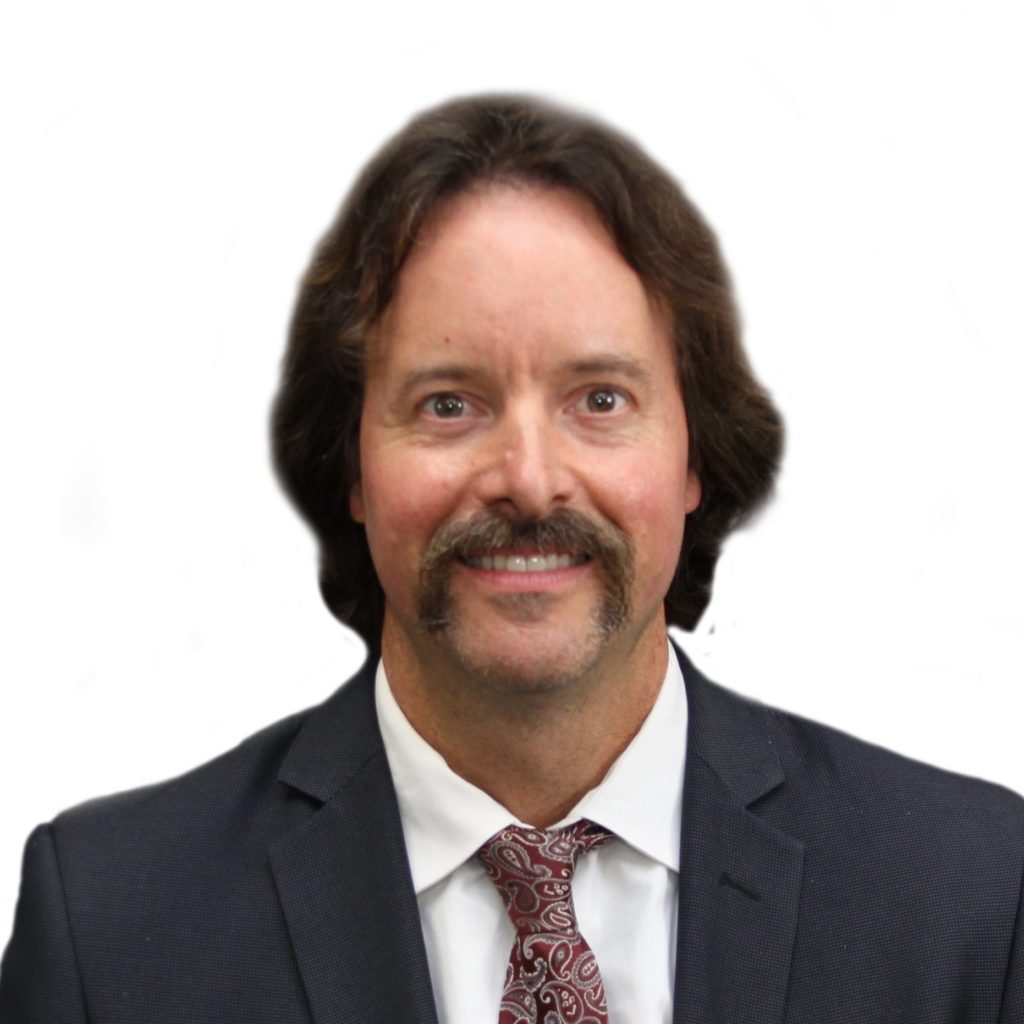Back and neck pain are two of the most common orthopedic complaints. Could yours be due to spinal stenosis?
Spinal stenosis affects 1 in 5 adults over 60, causing debilitating pain and mobility issues that can severely limit your independence.
At New York Bone & Joint Specialists, our top-rated spine specialists have helped thousands of New Yorkers find lasting relief through both conservative and surgical treatment options.
Studies show that the majority of spinal stenosis patients achieve significant improvement through conservative treatment alone, avoiding the need for surgery. If you’re experiencing back or neck pain that worsens with activity, don’t wait—early intervention leads to better outcomes.
What Is Spinal Stenosis?
Spinal stenosis occurs when the spaces within your spine narrow, putting pressure on the nerves that travel through the spine. This compression can cause pain, numbness, and weakness that significantly impacts your quality of life.
The condition most commonly affects two areas: the lower back (lumbar spine, vertebrae L1-L5) and the neck (cervical spine, vertebrae C1-C7). It’s much less common in the middle back or thoracic spine.
What Causes Spinal Stenosis?
While aging is the primary factor, several conditions can lead to spinal stenosis:
Age-Related Changes:
- Bone spurs: As cartilage wears down, vertebrae rub together, creating bony outgrowths that can extend into the spinal canal
- Disc degeneration: Spinal discs lose fluid and shrink over time, reducing cushioning between vertebrae
- Herniated discs: The outer layer of a disc breaks open, leaking fluid and compressing nearby nerves
- Thickened ligaments: Ligaments holding the spine together can thicken due to arthritis, narrowing the spinal canal
Other Causes:
- Spinal fractures from trauma or injury
- Spinal cysts or tumors (less common)
- Congenital abnormalities (approximately 9% of cases)
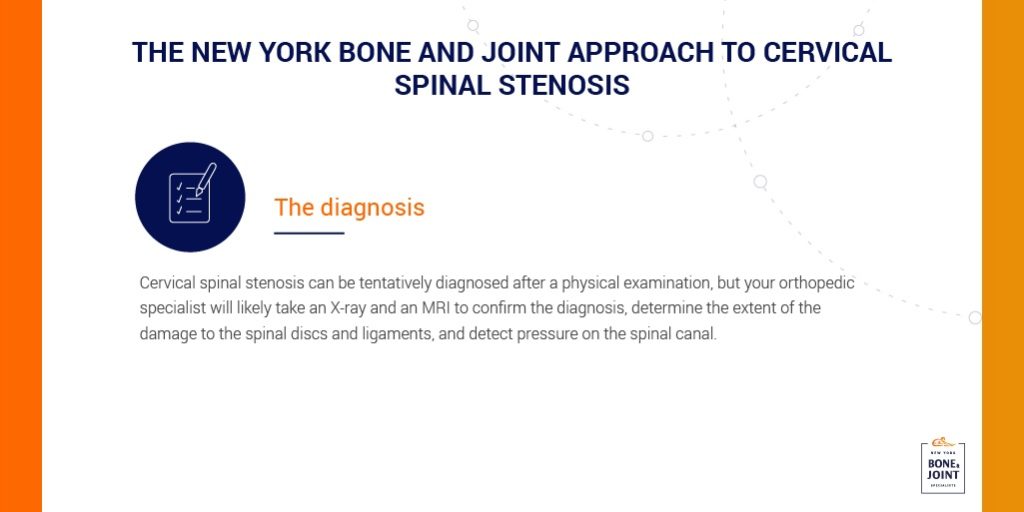
How Spinal Stenosis Affects Your Daily Life
Many people live with mild spinal narrowing without symptoms. However, spinal stenosis is progressive, meaning symptoms typically worsen over time if left untreated.
Lumbar Spinal Stenosis Symptoms:
- Lower back pain that worsens with standing or walking
- Leg cramping and weakness
- Pain relief when sitting or leaning forward
- Numbness or tingling extending to legs and feet
- Balance problems and increased fall risk
- In severe cases, bowel or bladder control issues
Cervical Spinal Stenosis Symptoms:
- Neck pain ranging from dull to intense
- Balance and coordination problems
- Clumsy hand movements
- Arm and shoulder weakness
- Numbness or “pins and needles” in arms and shoulders
How We Diagnose Spinal Stenosis
Our comprehensive diagnostic process ensures accurate identification and treatment planning:
We’ll discuss when symptoms began, what triggers pain, and how it affects your daily activities. We may then undertake:
Physical Examination: Our specialists will assess your posture, range of motion, and identify specific areas of pain and weakness.
Advanced Imaging:
- X-rays: Reveal bone structure and identify bone spurs
- MRI: Provides detailed images of nerves, discs, and ligaments; can detect tumors
- CT scans: Create sharp images of the spinal cord and nerves, showing bone spurs or herniated discs
“Spinal stenosis doesn’t have to sentence you to a life of limited mobility and constant discomfort. Our multi-disciplinary approach combines the latest decompression techniques with personalized rehabilitation to help you regain your freedom of movement.” – Dr. Leon Popovitz, MD, Co-Founder of New York Bone & Joint.
Comprehensive Treatment Options
Every spinal stenosis case is unique. Our expert spine specialists work with you to develop a personalized treatment plan based on your condition severity, health status, and lifestyle goals.
Conservative Treatments (First-Line Therapy)
Research shows that the majority of patients achieve significant relief through conservative methods:
Pain Management:
- Over-the-counter medications (acetaminophen, ibuprofen, naproxen)
- Prescription pain relievers for severe cases
- Targeted corticosteroid injections to reduce inflammation
Physical Therapy:
- Customized exercise programs to strengthen supporting muscles
- Flexibility training to improve range of motion
- Manual therapy to reduce muscle tension
- Posture correction techniques
Lifestyle Modifications:
- Activity modification to avoid aggravating movements
- Weight management to reduce spinal pressure
- Ergonomic improvements for work and home
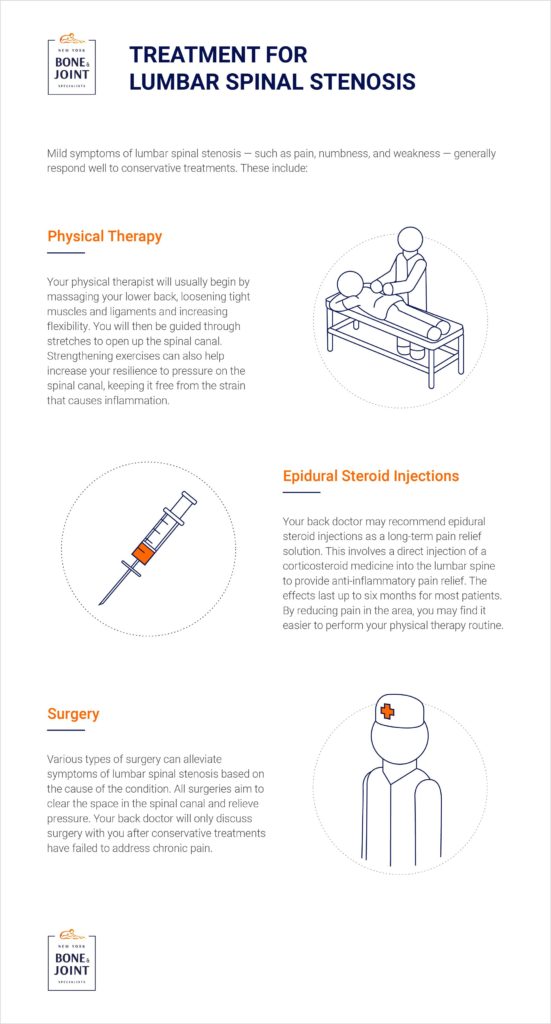
Minimally Invasive Procedures
When conservative treatment needs enhancement:
Ligament Decompression: Removing portions of thickened ligaments through small incisions to create more space in the spinal canal
Targeted Injections: Precise steroid injections guided by imaging for maximum effectiveness
Surgical Options
Surgery is considered only when conservative treatments fail to provide adequate relief and quality of life is severely compromised. Our board-certified surgeons specialize in advanced techniques:
Laminectomy: Removes part of the lamina (back portion of vertebrae) to relieve nerve pressure
Laminoplasty: Creates more space in the cervical spine by making a hinge on the lamina, secured with metal hardware
Minimally Invasive Techniques: Smaller incisions, faster recovery, and reduced tissue damage
Therapeutic Exercises for Spinal Stenosis
Always consult with a physical therapist before beginning any exercise program. These exercises are for educational purposes only.
Exercises for Lumbar Spinal Stenosis
Knee-to-Chest Stretch:
- Lie on your back with knees bent
- Slowly bring knees to chest, holding with your hands
- Hold for 2-3 seconds, then release
- Repeat 10 times
Core Strengthening Side Plank:
- Lie on your side with legs straight and stacked
- Place forearm flat under your shoulder
- Lift hips toward ceiling, holding for 10 seconds
- Tighten abdomen and buttocks throughout
- Repeat 2-3 times each side
Exercises for Cervical Spinal Stenosis
Chin Tuck Exercise:
- Place two fingers at bottom of chin
- Gently tuck chin in while retracting head backward
- Hold for 3-5 seconds
- Relax and return to starting position
- Perform 2-3 sets of 10 repetitions
Always remember to start slowly with any exercises, use proper form, and stop if you feel any pain or problematic discomfort.
What to Avoid with Spinal Stenosis
It’s best to avoid or limit certain activities if you’ve been diagnosed with spinal stenosis. Including:
- Backward bending (reduces space between vertebrae)
- Hyperextension stretches or poses
- High-impact sports (jogging, basketball, football, martial arts)
- Exercising through pain
- Heavy lifting or jumping activities
Prevention and Lifestyle Management
While aging cannot be prevented, you can take steps to slow progression and reduce symptoms:
Stay Active with Low-Impact Exercise: Walking, swimming, and cycling maintain fitness without stressing the spine
Improve Your Posture:
- Stand straight with your shoulders back
- Support your spine’s natural curves when sitting
- Avoid prolonged forward head positioning
Maintain a Healthy Lifestyle:
- Achieve and maintain a healthy weight
- Quit smoking (nicotine reduces blood flow to spinal tissues)
- Eat a calcium-rich diet for bone health
- Practice proper lifting techniques
Meet Our Expert Spine Team
Your care is in the hands of New York’s most experienced spine specialists. Our team includes:
- Board-certified orthopedic surgeons specializing in spine preservation
- Fellowship-trained specialists with advanced training in spinal stenosis treatment
- Expert physical therapists skilled in spine rehabilitation
- Pain management specialists for comprehensive symptom control
We pioneered artificial disc replacement techniques and remain at the forefront of spinal stenosis treatment innovations. Our patient-centered approach considers your unique lifestyle, health status, and recovery goals.
Why Choose New York Bone and Joint Specialists as your spinal stenosis specialists?
For decades, patients across New York City have relied on our expertise. Here’s what sets us apart:
- Holistic Joint Care: We focus on the health and healing of your joints, tendons, muscles, and cartilage—all vital for an active life.
- Non-Surgical Success: Over 90% of our orthopedic treatments successfully resolve issues without surgery.
- Integrated Team Approach: Our multidisciplinary team of surgeons, physical therapists, and pain management specialists collaborates to ensure optimal outcomes.
- Flexible Payment Options: We accept a wide range of insurance plans and offer flexible payment plans to fit your budget.
- Convenient Locations: With multiple New York City locations, quality care is always within reach.
Make an appointment today
Start your recovery today. Book your appointment with New York Bone & Joint Specialists now.
Spinal Stenosis: Frequently Asked Questions
Is spinal stenosis dangerous?
While spinal stenosis can significantly impact quality of life, it is not life-threatening. However, severe cases require prompt treatment to prevent complications like nerve damage or, in rare cases, partial paralysis.
What’s the difference between lumbar and cervical spinal stenosis?
Cervical spinal stenosis affects the neck, causing neck pain, hand coordination problems, and arm/shoulder numbness. Lumbar spinal stenosis affects the lower back, causing back pain, leg cramping, walking difficulties, and potential bowel/bladder issues in severe cases. Both conditions benefit from strengthening exercises targeting their respective spinal regions.
When should I see a specialist?
Seek medical attention if you experience persistent pain, numbness, or tingling that doesn’t improve with rest. Immediate evaluation is needed for bowel/bladder control problems, severe mobility restrictions, or symptoms that worsen rapidly.
What exercises should I avoid?
Avoid backward bending, heavy lifting, jumping, and high-impact sports like basketball or football. Instead, focus on low-impact activities such as walking, swimming, and cycling that don’t stress your spine.
Is surgery always necessary?
No. Research shows that the majority of spinal stenosis patients achieve significant relief through conservative treatment alone. Surgery is only recommended when conservative methods fail to provide adequate pain relief and function is severely compromised.
How long does treatment take?
Treatment duration varies based on condition severity and individual health factors. Many patients experience improvement within 6-12 weeks of starting conservative therapy. Success depends on commitment to physical therapy and following your treatment plan consistently.
